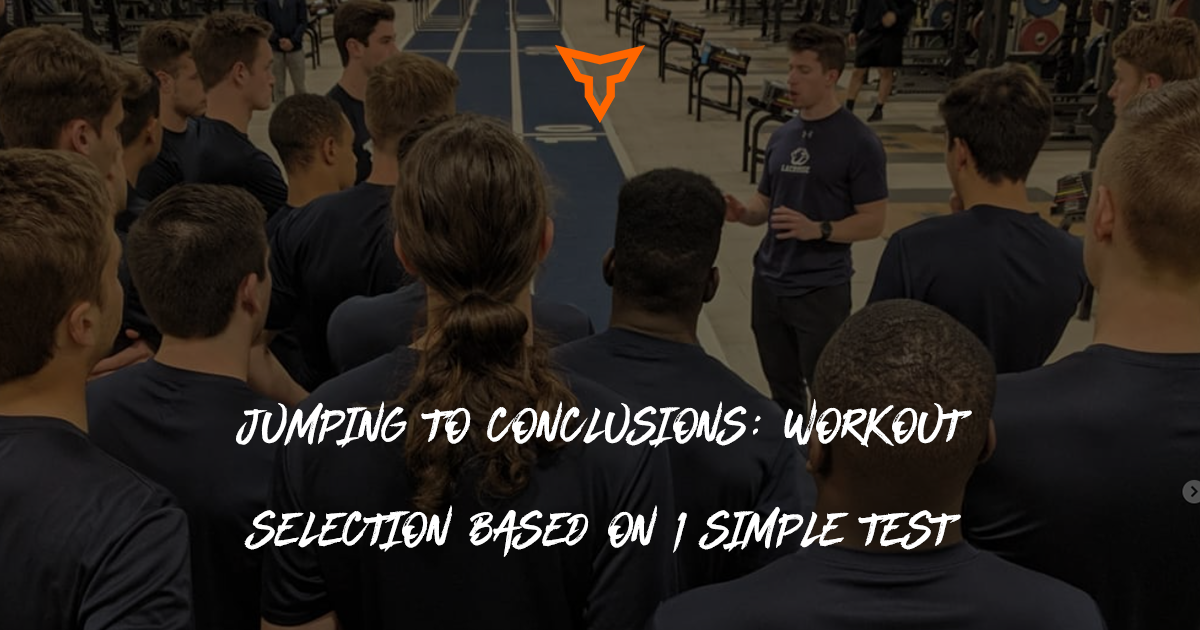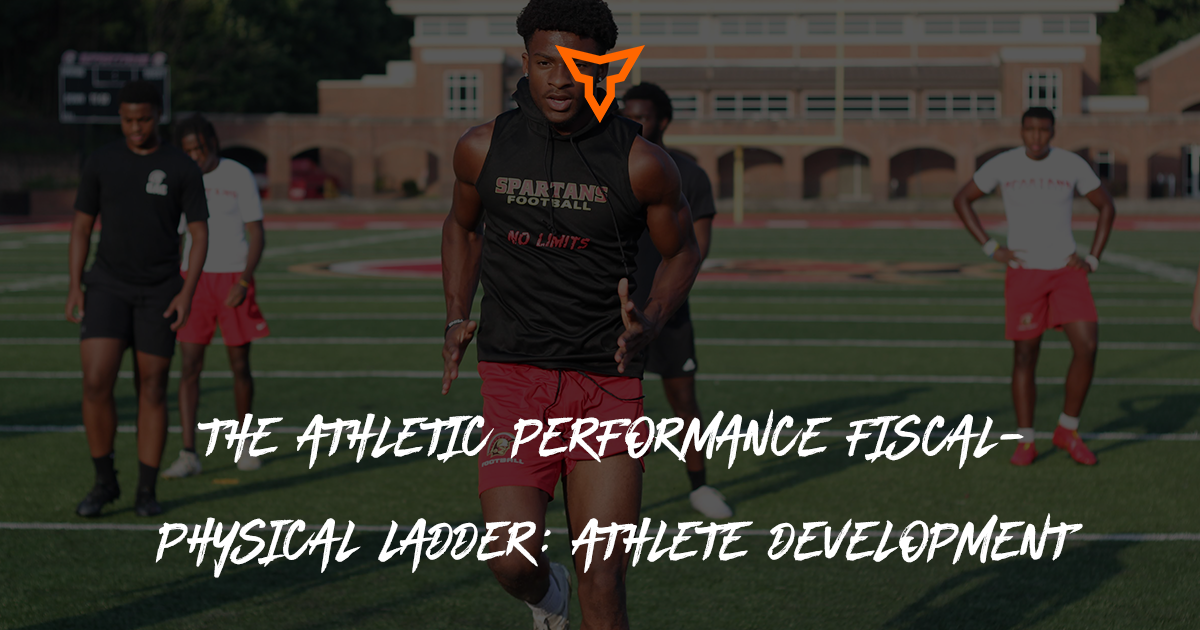From the GA's Desk: 3 Steps to Building a Culture of Belief
Author TJ Cahill is a Graduate Assistant at Springfield College with the Strength and Conditioning staff.
Prerequisites for Success in Sport
As professionals in the sports performance industry, we are constantly studying what "the greats" do to become great. How can we as strength and conditioning coaches help our teams move from good to great? To do that, we must first determine what separates good teams from great teams. In his book “Winning the Game of Belief,” legendary Men’s Volleyball Coach Charlie Sullivan talks about the three key aspects of any good team. Good teams have great players. This one is pretty obvious. Good teams also have great coaching. Another no-brainer. Good teams also outwork their competitors. All three of these factors seem reasonable, and yet so many good teams with all of these characteristics cannot seem to find success and if they do, they rarely maintain it. The missing link, as Coach Sullivan explains, is Belief. The power of belief has the ability to make good teams great.
In one of my coaching experiences, I had the opportunity to work with a really good team who checked all of these boxes. More than half of the team’s starting lineup made the All-Conference First or Second Team. Great players, check. The coach of the team was named Regional Coach of the Year. Great coaching, check. And I witnessed firsthand just how hard these players and coaches worked in the off-season, pre-season, and in-season to create a really good team. Great work ethic, check. But when the conference championship came around, this team was upset by a team that definitely did not have the talent or coaching that our team did. Yet they still won. That is the power of belief. Thinking about this situation from a strength and conditioning coach’s perspective, how can we facilitate a culture of belief in our athletes through the weight room?
1. Conquer the Seemingly Impossible
One way we can create belief is through setting goals that may seem unreachable at first glance, when in reality, accomplishing the goal will end up being part of the natural progression of the athletes. To simplify this into more understandable terms, think back to when you were a freshman in high school. As freshmen, many of us looked up to the upperclassmen, and could never imagine ourselves being at that level, ready for college or the workforce. And yet, by the time most of us got to senior year, it was just the natural progression for us to be ready for that next step. In the weight room, we can do this by establishing a clear goal at the beginning of training. A goal that seems like it might be just out of reach. Talk with the athletes about this goal, and discuss the work it will take for them to accomplish the goal. And then as the Strength Coach, plan out their program so that reaching the goal will be inevitable, and just part of the process. Working for and achieving a goal that originally seemed impossible is a great way of building confidence in athletes, and they will believe in themselves even more.
2. Make Goals and Values Visible
Another great way of creating buy-in and instilling belief in the athletes is to make goals and values visible to the team. As the Strength Coach, you can talk to each team coach, and learn more about the team goals and culture, in order to help facilitate these inside the weight room. This can also really help to show the athletes that you care about them outside of the weight room. For example, at the beginning of the season for one of my teams, I spoke with the captains about what the team needed to succeed that season. For this team, success was not going to be about winning the most games. Success to this team looked more like getting the athletes stronger and more confident, while also improving cohesion as a team. Based on this conversation, I chose two words for the team to focus on each time they were in the weight room. The first was Progress. Several of the women on the team had let me know their goals for the semester were to get a little bit stronger, and feel more confident in the weight room. This word would help encourage them to focus on their little wins each day, and not be concerned with how they were doing compared to others. The second word was Unity. Due to Covid restricting much of the previous two seasons, more than half of the team had never competed or practiced together, so I wanted to help facilitate building a stronger, more cohesive unit of a team. I put both of these words on their lifting sheets, and at the end of each lift, I would ask one of the athletes to repeat both words to me. It took a little while, but after a few weeks, all of the athletes knew what our focus was, and they were able to buy in to the program, and believe that success was just down the road.
3. Develop a Top-Down Flow of Belief
Lastly, belief in yourself as the coach drives enormous belief in the athletes. If you appear competent to the athletes, they are more likely to trust you, which in turn will allow them to believe in the program you are giving them. And what’s the best way to appear competent? Be competent. Learning as much as you can, and gaining valuable experience are the best ways to build up your own confidence, and trust me, the athletes can feel the difference between when you are confident and when you are unsure of yourself. Athletes will trust and believe in a coach who walks what they talk. You cannot scold athletes for neglecting training, recovery, nutrition, etc., and then go out and have the same poor habits yourself. Do the programs you write for the athletes yourself. Give them every reason to think that you trust your own system. Truly believe in you, and they will believe too.
Most importantly, remember that the greatest ability of any coach is availability. Athletes trust the coaches that are there for them. The coaches who care about their lives. The coaches who believe in them, and help them believe in themselves. And as we have seen, it is these athletes, and these teams, that possess this belief that ultimately have the best shot at being successful. It’s all about belief.
Subscribe to our blog
Subscribe to receive the latest blog posts to your inbox every week.
Related posts

Jumping to Conclusions: Workout Selection Based on 1 Simple Test

The Athletic Performance Fiscal-Physical Ladder: Athlete Development


